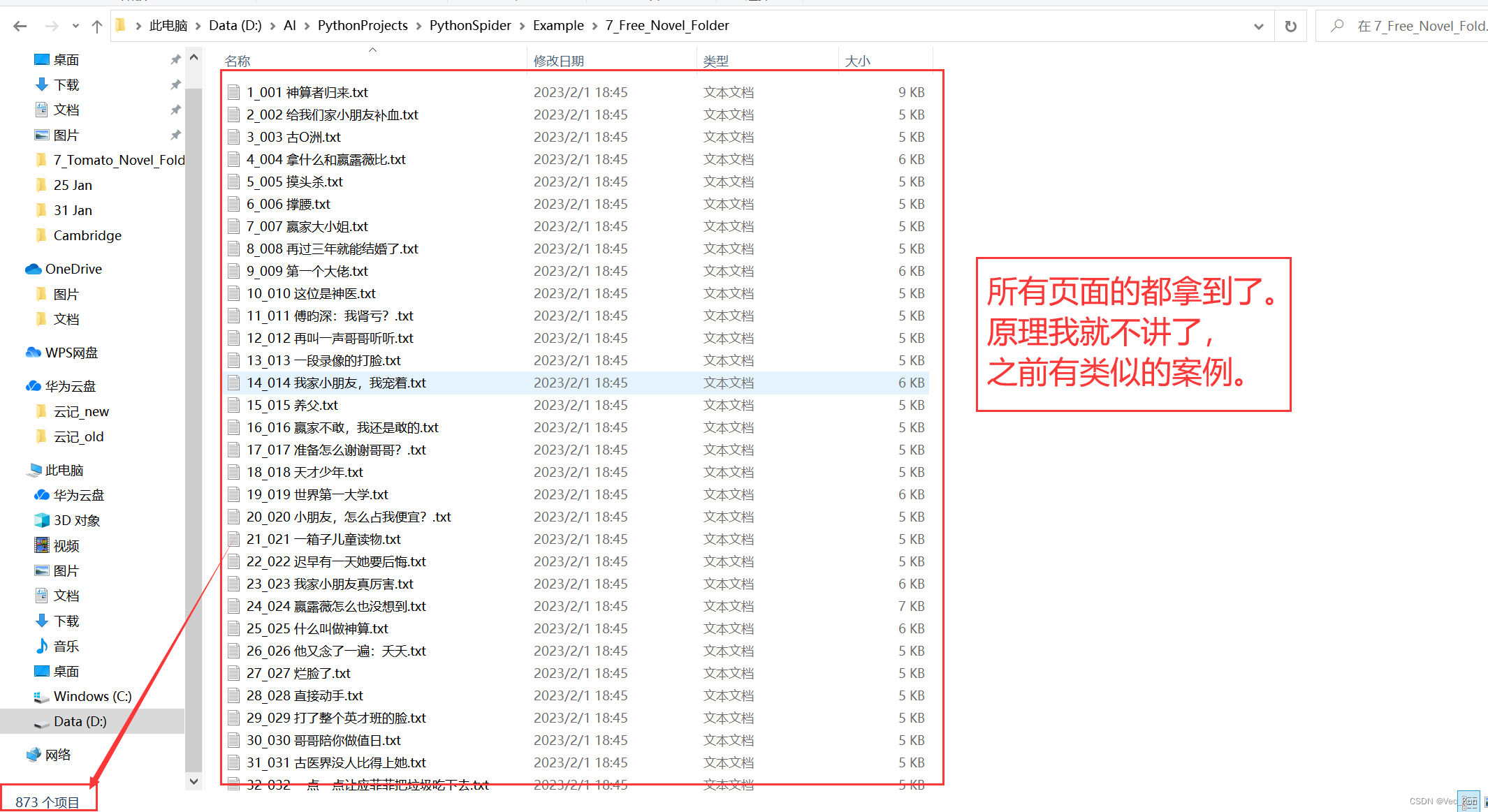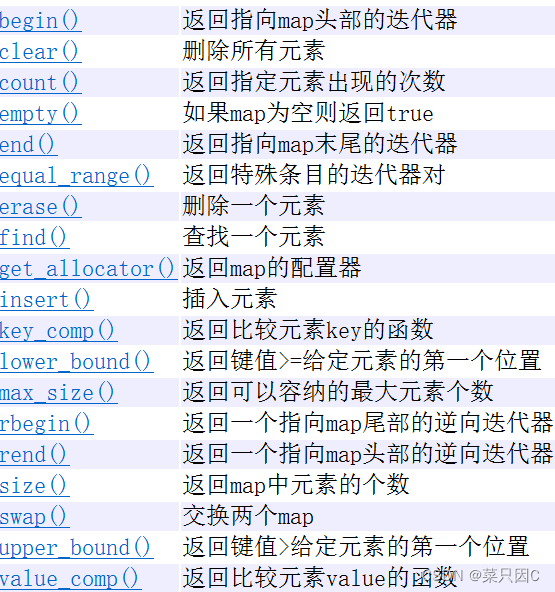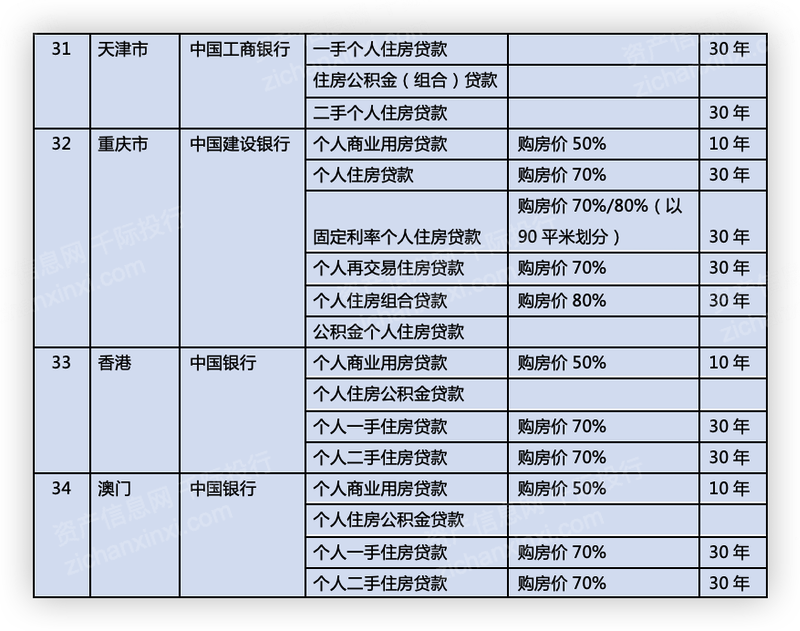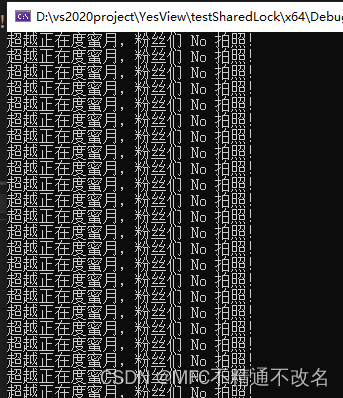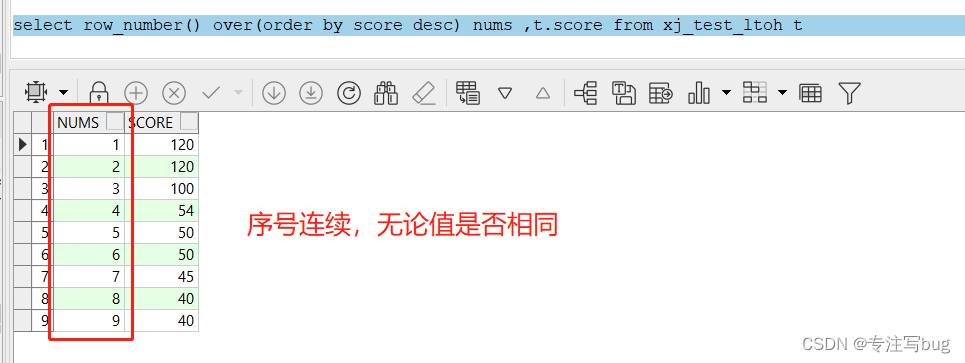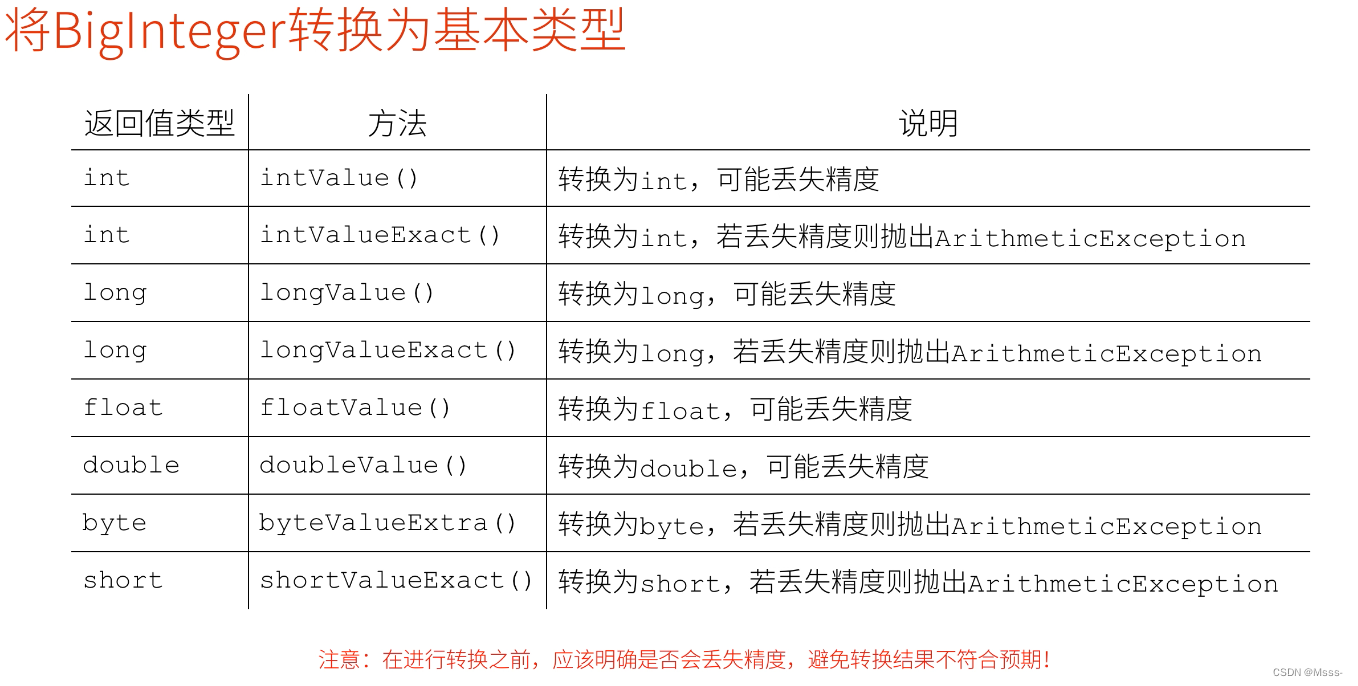一、准备软硬件环境
1.新建用户组、用户
groupadd dbgroup
useradd -g dbgroup smis
passwd smis
新密码:smis@1qazxc
2.创建文件夹
mkdir -p /opt/software/openGauss
chown 755 -R /opt/software
chown -R smis /opt/software/openGauss
3.下载安装包
下载地址:https://opengauss.org/zh/download
下载【openGauss_3.1.0 极简版】
把下载文件拷贝到/opt/software/openGauss目录
4.关闭防火墙
systemctl disable firewalld.service
systemctl stop firewalld.service
5.关闭 selinux
将 SELINUX=enforcing 改为 SELINUX=disabled
vim /etc/selinux/config
SELINUX=disabled
6.关闭HISTORY记录
vim /etc/profile
HISTSIZE=0
source /etc/profile
7.将交换内存关闭
swapoff -a
8.重启操作系统
reboot
9: 切换smis用户
su smis
10.解压安装包
cd /opt/software/openGauss
tar -jxf openGauss-xxx-64bit.tar.bz2
ls -lb
11.使用有root权限的用户执行命令
cat /etc/sysctl.conf
sysctl -w kernel.sem="250 85000 250 330"
# 不执行,可能出现错误提示
# the maximum number of SEMMNI is not correct, the current SEMMNI is xxx. Please check it.
二、安装openGauss
切换到smis用户
su smis
执行脚本安装
cd /opt/software/openGauss/simpleInstall
sh install.sh -w "ynsmis@123" &&source ~/.bashrc
# 提示:Would you like to create a demo database (yes/no)?
# 输入【yes】
#参数说明
-w:初始化数据库密码(gs_initdb指定),安全需要必须设置。
-p:指定的openGauss端口号,如不指定,默认为5432。
-h|–help:打印使用说明。
安装后,该数据库部署结点的名称为sgnode(gs_initdb指定)。
如果安装报错:gs_initdb: error while loading shared libraries: libreadline.so.7: cannot open shared object file: No such file or directory。
解决方法:
cd /usr/lib64
ln -s libreadline.so.8 libreadline.so.7
如果出现:
Load demoDB [school,finance] success.
[complete successfully]: You can start or stop the database server using:
gs_ctl start|stop|restart -D $GAUSSHOME/data/single_node -Z single_node
那么安装成功了。
# 说明
openGauss端口号默认为5432
默认生成名称为postgres的数据库
数据库目录安装路径/opt/software/openGauss/data/single_node,其中/opt/software/openGauss为解压包路径,data/single_node为新创建的数据库节点目录。
# 执行ps命令,查看进程是否正常
ps ux | grep gaussdb
# 提示如下,安装成功
omm 23246 1.3 17.5 2841700 678364 ? Ssl 10:59 0:07 /opt/software/openGauss/bin/gaussdb -D /opt/software/openGauss/data/single_node
omm 79232 0.0 0.0 112724 984 pts/1 S+ 11:08 0:00 grep --color=auto gaussdb
# 执行gs_ctl命令,查看进程是否正常,如果没有找到 gs_ctl
# 解决方式:配置环境变量即可 export PATH=/opt/software/openGauss/bin:$PATH,如果缺失lib则配置LD_LIBRARY_PATH
#启动
gs_ctl start -D /opt/software/openGauss/data/single_node -Z single_node
#停止
gs_ctl stop -D /opt/software/openGauss/data/single_node -Z single_node
#重启
gs_ctl restart -D /opt/software/openGauss/data/single_node -Z single_node
#查看数据库主节点的端口号
cat /opt/software/openGauss/data/single_node/postgresql.conf | grep port
三、gsql 连接与使用方法
#查询所有的数据库,需要先切换smis用户,su smis
[smis@localhost /]$ gsql -d postgres -p 5432 -l【success,默认smis用户】
1.连接数据库,链接数据库
[smis@localhost /]$ gsql -d postgres -p 5432
2.创建用户
# 语法:create user 用户名 with password "密码";
openGauss=# CREATE USER gaussdb WITH CREATEDB password "gaussdb@1qazx";
#创建有“创建数据库”权限的用户,则需要加CREATEDB关键字。
# 将sysadmin权限授权给gaussdb ,授权成功后,用户gaussdb 会拥有sysadmin的所有权限
openGauss=# GRANT ALL PRIVILEGES TO gaussdb ;
3.查看数据库用户列表
openGauss=# select * from pg_user;
# 查看所有角色
openGauss=# select * from PG_ROLES;
# 删除数据库用户
openGauss=# drop user gaussdb cascade;
4.创建数据库,并指定所有者
语法:create database 数据库名 owner 用户名;
openGauss=# create database db_smis owner gaussdb;
5.删除数据库,注意加分号
语法:drop database 数据库名;
openGauss=# drop database db_smis;
6.创建表
连接到创建的数据库,
#语法:\c[onnect] [DBNAME|- USER|- HOST|- PORT|-]
openGauss=# \c db_smis;
创建表
db_smis=# CREATE TABLE dxc(id INTEGER,name CHARACTER VARYING(32)) ;
db_smis=# \d; # list tables, views, and sequences

7.查看对象
openGauss=# \l #查看数据库
openGauss=# \c school #查看数据库
openGauss=# \dt #查看数据库所有表名
openGauss=# \d student #查看表结构
openGauss=# \d+ student #查看表结构
8.修改密码
语法: ALTER USER 用户名 IDENTIFIED BY '新密码' REPLACE '旧密码';
postgres=# ALTER USER jim IDENTIFIED BY 'Abcd@123' REPLACE 'Bigdata@123';
alter user <用户名> identified by '密码';
9.退出
openGauss=# \q
四、使用Navicat连接openGauss
# 配置外网访问
1.文件 pg_hba.conf 修改
vim /opt/software/openGauss/data/single_node/pg_hba.conf
# 允许所有网段连接 在IPv4 local connections下添加
host all all 0.0.0.0/0 md5

2.文件postgresql.conf 修改
vim /opt/software/openGauss/data/single_node/postgresql.conf
password_encryption_type值设为0,即为md5。

输入【/】搜索 listen_addresses 变量,将前面#去掉,值修改为*

3.重启openGauss
gs_ctl restart -D /opt/software/openGauss/data/single_node -Z single_node



